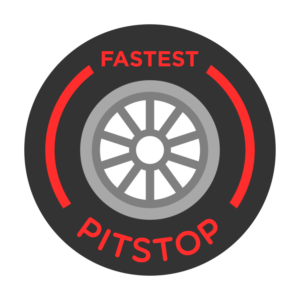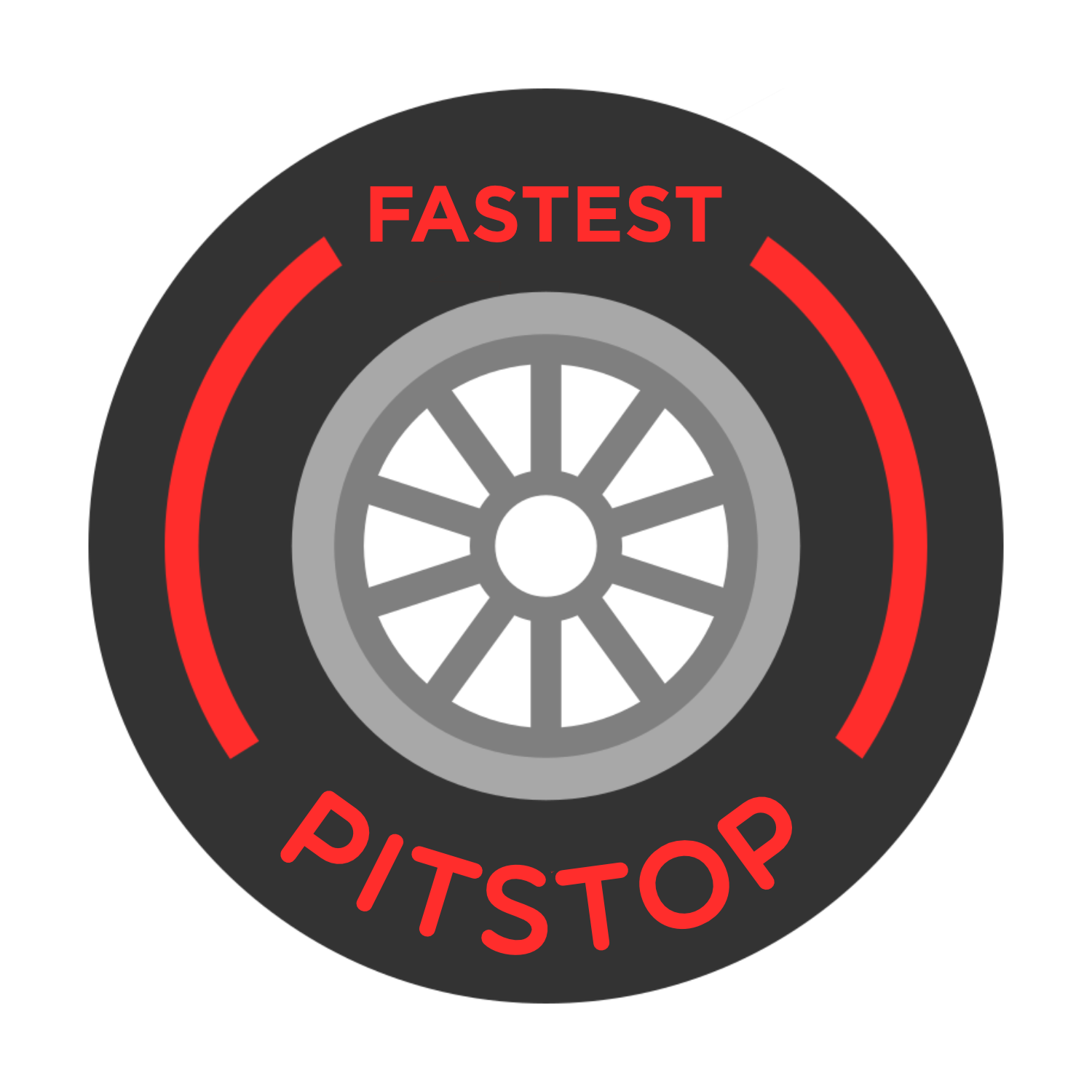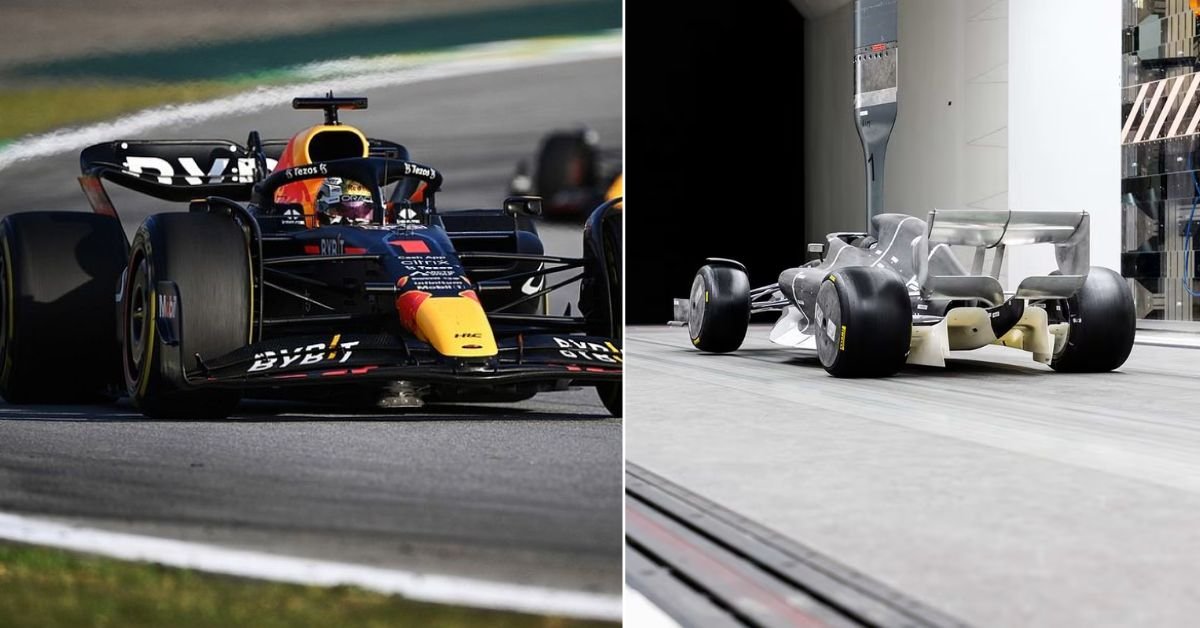F1 teams need to develop their cars throughout the season to have the best chance of competing. To help them design the best upgrade packages, the teams use wind tunnels and Computational Fluid Dynamics (CFD) simulations.
These tools help teams test the best aerodynamic packages to push the teams on. It worked well this season for McLaren as they became the fastest team leading to them winning the constructors championship. However, there is a time limit on how long per season you can use these tools. But how is this calculated?
The F1 constructors’ championship decides the allocation
Where the teams finish in the championship is vital for money. The higher up the table you finish, the more money you get. This is not the same for deciding how long you can spend in the wind tunnel and CFD. The team that finishes first in the championship has the least hours available while the team who finished bottom has the most.
In 2021, aerodynamic testing regulations (ATR) were introduced. In a year, there are six ATR periods. Within each period, the team can use all their allocated hours to develop their car. The seventh-placed team has a baseline of 320 wind tunnel runs and 2000 CFD simulations per period. The higher up, the more time you lose. The lower down you are, the more time you gain.
This decision was to close the gap between the F1 field. The lowest team in the constructors championship would gain the most wind tunnel time to try and improve. The top team would have the least to try and let the teams behind catch up.
Can Red Bull capitalise on coming third in the championship?
Red Bull won the constructors titles in 2022 and 2023. During the 2024 season when they had more competition, they had less time in the wind tunnel to develop their car. McLaren, their main rival, finished fourth in 2023, meaning they had much more time to develop the car. However, Red Bull will have increased time to fight back in 2025.
It is also critical timing. The 2026 cars will be tested over the next season in the wind tunnel and CFD. Red Bull team principal Christian Horner has cited this as a silver lining in a disappointing season for the team.
He said: “We hate finishing third in the championship, but the additional wind tunnel time that comes with that is the only upside in a year where there is such a dramatic regulatory change [in 2026].”
This could be crucial for the new regulations. Red Bull will have more time than their closest competitors, Ferrari and McLaren. With the unknowns of the big regulation change, they have to use this to their advantage.












